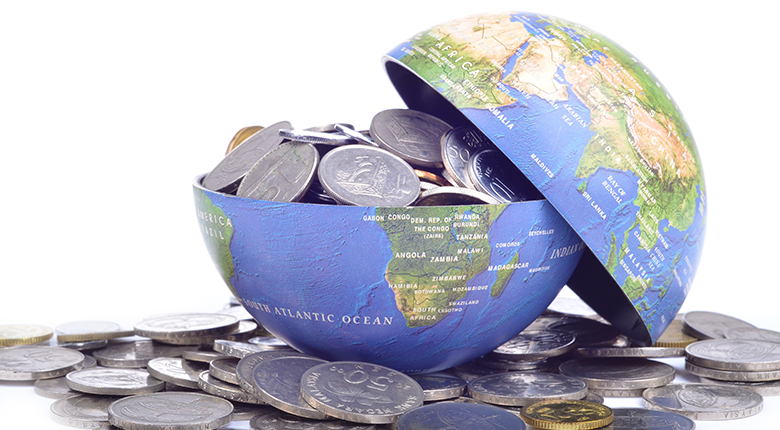
In 2018, the world’s economy found itself impacted by President Donald Trump’s nationalist populism (from the right, to make it clear) who, for possibly Freudian reasons, clings to the notion that “the world has been abusing the U.S., seeking ways for us to finance everything,” which is false and even grotesque. Mentioning only a few of his fantasies: “NATO has taken the U.S. for an idiot,” “Climate change does not exist,” “The liberal press is the enemy,” “There will be a wall on the border,” “Mexico will pay for it,” “Separating mothers and fathers and children is acceptable,” and now, “The southern border will close,” “The U.S. has never been better,” etc. We realize that we face an unprecedented challenge.
The International Monetary Fund commented that the world’s economy launched well in 2018 due to the rise in manufacturing production and international trade in 2017 which, in December, registered its best figures for industrial production and new orders for manufactured goods. This was also true in January and February 2018. Unfortunately, overall energy dropped due to lost investor confidence as a result of the U.S. imposition of tariffs and China’s reprisals. Protectionism drives uncertainty, which discourages inherently elusive and reluctant investment. By March, 2018, the new tariffs had affected U.S. imports of steel by 25 percent and aluminum by 10 percent. In June 2018, Chinese imports dropped 25 percent as a result of the new tariffs.
In spite of this, the U.S. economy grew overall in 2018 due to tax cuts and the resulting increase in spending and consumer demand, causing unemployment to decrease. The U.S. central bank, which is the Federal Reserve, raised interest rates. However, interest rates on long term bonds did not rise, given that demand was flat because investors prefer Treasury bonds, especially the 10-year bonds that increased to 3 percent interest. The high interest rates in the U.S. exceeded that of other major economies which, in 2018, drove up the value of the dollar in relation to other currencies: Peru 6 percent, European Union and China 7 percent, United Kingdom 8 percent, Chile 11 percent, Russia 14 percent, Turkey 27 percent, Argentina 53 percent. At the end of December, President Trump condemned the Federal Reserve for raising interest rates and even threatened to replace its top leadership, which has historically tended to be more technical than political.
There are economic specialists, such as Stephen S. Roach, who deny that the rise in interest rates by the Federal Reserve is a threat to economic growth in the U.S. Jeffrey Frankel believes that the current economic downturn is due to the trade wars provoked by Donald Trump and not the performance of the Federal Reserve. Nouriel Roubino concluded that Trump forced the Federal Reserve to raise interest rates in order to demonstrate its independence from the White House. Project Syndicate commented that it remains to be seen if the Federal Reserve can continue its work in view of the threats from the president and the jittery markets. A more expensive U.S. dollar added to the increased risk of investment puts pressure on some emerging market economies with external debt in U.S. dollars. Logically, this is because it raises the price of payments, although in different ways in the last year, depending on the country. The situation shows signs of lingering in 2019. The White House does not seem inclined to notice … much less change its ways.

Leave a Reply
You must be logged in to post a comment.